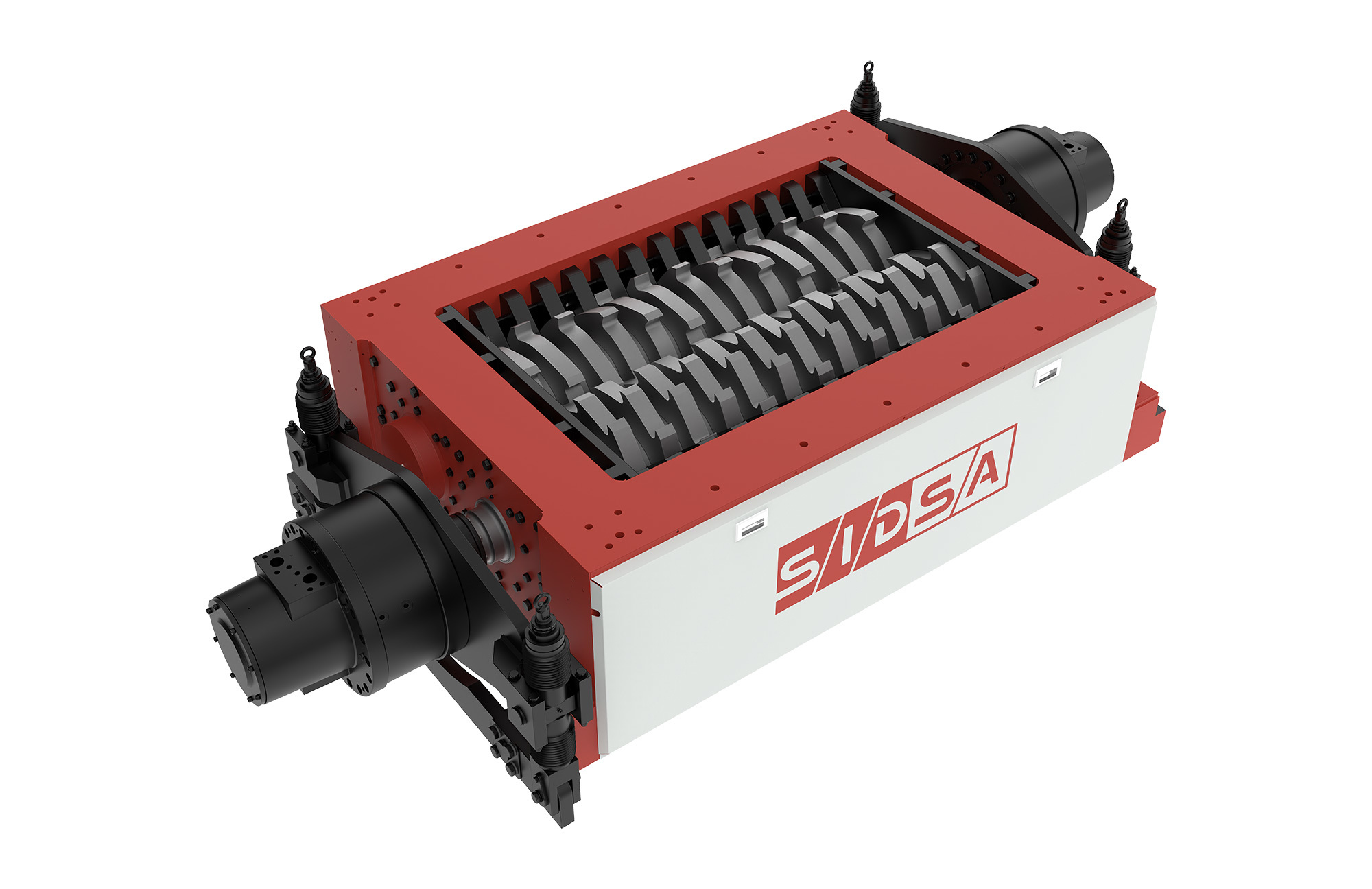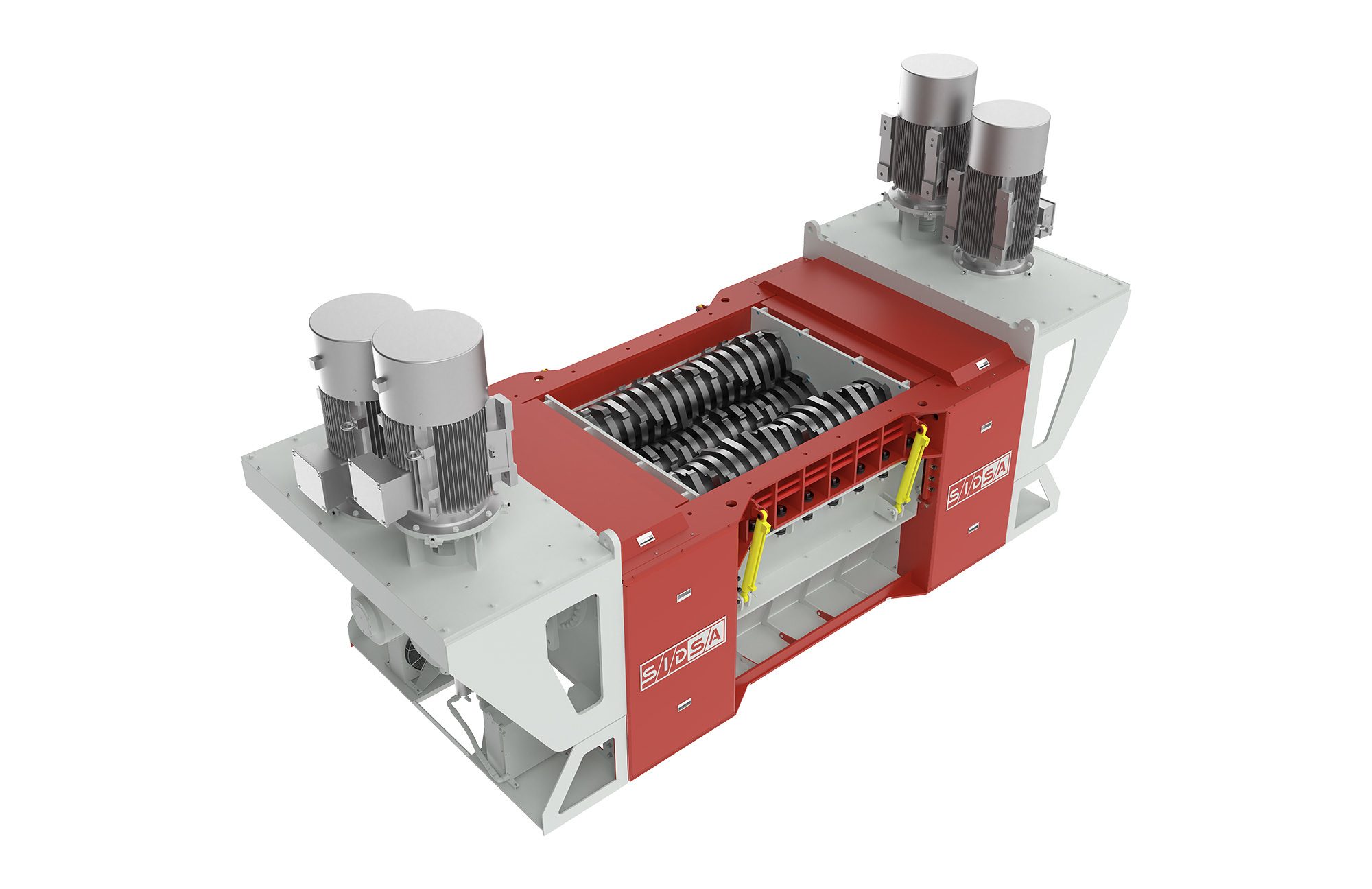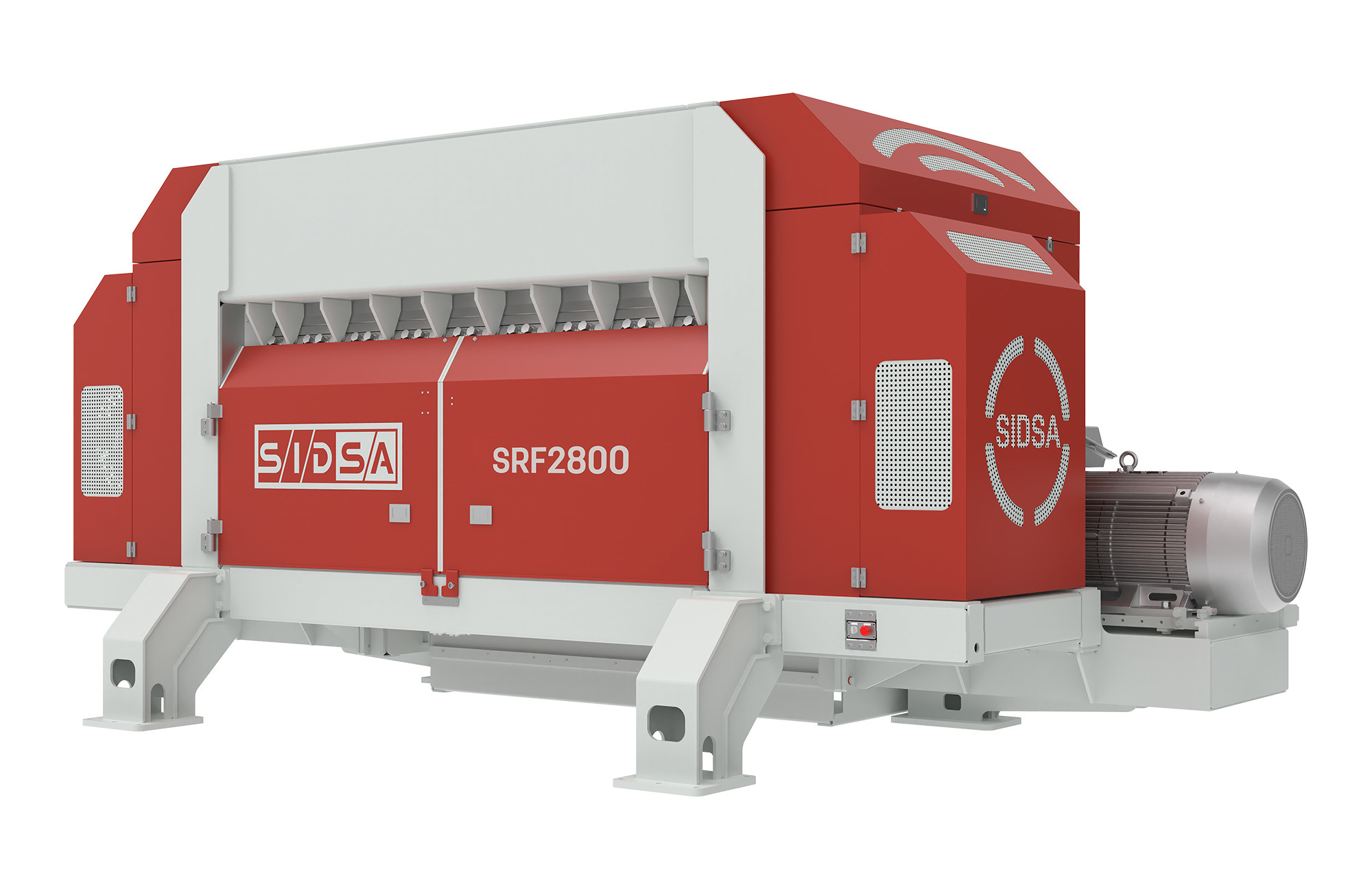How Landfill Waste Shredders Enhance Recycling Efficiency
Release Time:
May 22,2025
How Landfill Waste Shredders Enhance Recycling Efficiency
Introduction: The Importance of Recycling in Waste Management
In today’s world, effective waste management is more crucial than ever. As urbanization and industrialization continue to rise, the volume of waste produced grows exponentially. Recycling plays an integral role in mitigating the environmental impact of waste, but its effectiveness can vary significantly based on the technologies employed. One such technology that is proving critical in enhancing recycling efficiency is the landfill waste shredder.
The Role of Landfill Waste Shredders in Waste Management
Landfill waste shredders are specialized machines designed to process waste into smaller, manageable pieces. This reduction in size not only facilitates easier transport but also maximizes the recovery of recyclable materials. By breaking down various waste types, shredders enable recyclers to sort and process materials more effectively.
Understanding the Technology Behind Shredders
Modern landfill waste shredders utilize advanced technologies to ensure optimal performance. These machines typically feature:
1. Dual-Shaft Shredding
Dual-shaft shredders are known for their robust design and versatility. The dual-shaft system allows for efficient shredding of mixed waste types, ensuring that materials are adequately broken down before being sent for further processing.
2. Variable Speed Control
This feature allows operators to adjust the shredding speed based on the type of waste being processed. By optimizing the speed, shredders can enhance their efficiency, ensuring a thorough breakdown and reducing energy consumption.
3. Smart Technology Integration
Many modern shredders are equipped with smart technology that allows for real-time monitoring and diagnostics. This integration helps operators manage the machine's performance, identify potential issues, and optimize operations, leading to increased recycling rates.
Benefits of Using Landfill Waste Shredders
The advantages of incorporating landfill waste shredders into waste management systems are numerous and impactful.
1. Enhanced Material Recovery
By breaking waste down into smaller pieces, shredders allow for easier separation of recyclable materials. This enhanced material recovery rate can significantly boost the overall recycling efficiency of a facility.
2. Reduced Landfill Volume
Shredding waste reduces its volume, which means that less space is required in landfills. By optimizing the use of landfill space, shredders contribute to more sustainable waste management practices.
3. Improved Sorting Processes
Once waste is shredded, it can be sorted more effectively. Many recycling facilities utilize advanced sorting technologies that can quickly identify and separate recyclable materials from non-recyclable waste, significantly increasing the efficiency of the process.
4. Lower Transportation Costs
Shredded waste takes up less space, which can lead to lower transportation costs. More material can be transported in a single load, proving more economical and environmentally friendly.
5. Enhanced Safety in Waste Handling
Shredding waste can make handling materials safer for workers. Smaller, manageable pieces reduce the risk of injury during sorting and processing.
Applications of Landfill Waste Shredders
Landfill waste shredders are versatile machines used across various applications in the waste management industry.
1. Municipal Solid Waste Processing
Shredders are employed in municipal waste facilities to process mixed waste streams, facilitating the extraction of recyclables and organic materials.
2. Construction and Demolition Waste Management
In construction and demolition sites, shredders are used to break down debris, making it easier to recycle materials like wood, metal, and concrete.
3. Industrial Waste Processing
Industries generate a wide range of waste that can be challenging to recycle. Shredders can efficiently handle industrial waste, helping companies comply with environmental regulations.
Case Studies: Success Stories in Recycling Efficiency
Examining real-world applications of landfill waste shredders can provide insights into their benefits.
1. City of San Diego
San Diego implemented landfill waste shredders in its recycling program, resulting in a **30% increase in material recovery rates**. By processing waste more effectively, the city has diverted thousands of tons of material from landfills.
2. Recycling Facility in Germany
One German recycling facility reported a **40% reduction in landfill volume** after integrating shredders into their operations. This allowed them to optimize their waste processing and create a more sustainable system.
Challenges and Considerations in Implementing Shredders
While landfill waste shredders offer numerous benefits, there are challenges to consider.
1. Initial Investment Costs
Businesses must weigh the initial costs of purchasing and installing shredders against the long-term benefits they provide. Understanding the return on investment is crucial.
2. Maintenance and Operation
Regular maintenance is essential to ensure shredders operate efficiently. Developing a maintenance schedule can help organizations avoid unexpected breakdowns and downtime.
The Future of Landfill Waste Shredders in Recycling
As technology continues to evolve, the future of landfill waste shredders looks promising. Innovations in automation, artificial intelligence, and machine learning could further enhance the efficiency of shredders, leading to even greater recycling rates.
1. Automation and AI Integration
The integration of AI technology could allow shredders to analyze the materials they process, adjusting their operations for optimal performance based on real-time data.
2. Sustainable Design Innovations
Future shredders may incorporate sustainable materials and designs, reducing their overall environmental impact while maintaining high performance levels.
Frequently Asked Questions (FAQs)
1. What types of waste can landfill waste shredders process?
Landfill waste shredders can process a variety of waste types, including municipal solid waste, construction debris, industrial waste, and organic materials.
2. How do shredders improve recycling efficiency?
By breaking down waste into smaller pieces, shredders facilitate easier material separation, increase recovery rates, and reduce transportation costs.
3. Are landfill waste shredders environmentally friendly?
Yes, shredders contribute to more sustainable waste management by reducing landfill volume and enhancing material recovery, which minimizes the overall environmental impact of waste.
4. What are the maintenance requirements for landfill waste shredders?
Regular maintenance is critical for shredders, including routine inspections, blade replacements, and lubrication of moving parts to ensure optimal performance.
5. Can shredders handle hazardous waste?
Specialized shredders can process certain types of hazardous waste; however, it is essential to follow local regulations and guidelines to ensure safety and compliance.
Conclusion
Landfill waste shredders are revolutionizing the recycling industry by enhancing efficiency and promoting sustainable waste management practices. Their ability to break down waste materials facilitates improved recovery rates and reduces the environmental impact of landfilling waste. As technologies evolve, the potential for shredders to contribute to a more sustainable future in waste management continues to grow. By investing in advanced shredding solutions, businesses can not only optimize their operations but also play a pivotal role in protecting the environment for generations to come.
What Else Might You Learn?
SIDSA focuses on technological research and innovation in the field of waste pretreatment
Product
SIDSA focuses on technological research and innovation in the field of waste pretreatment














